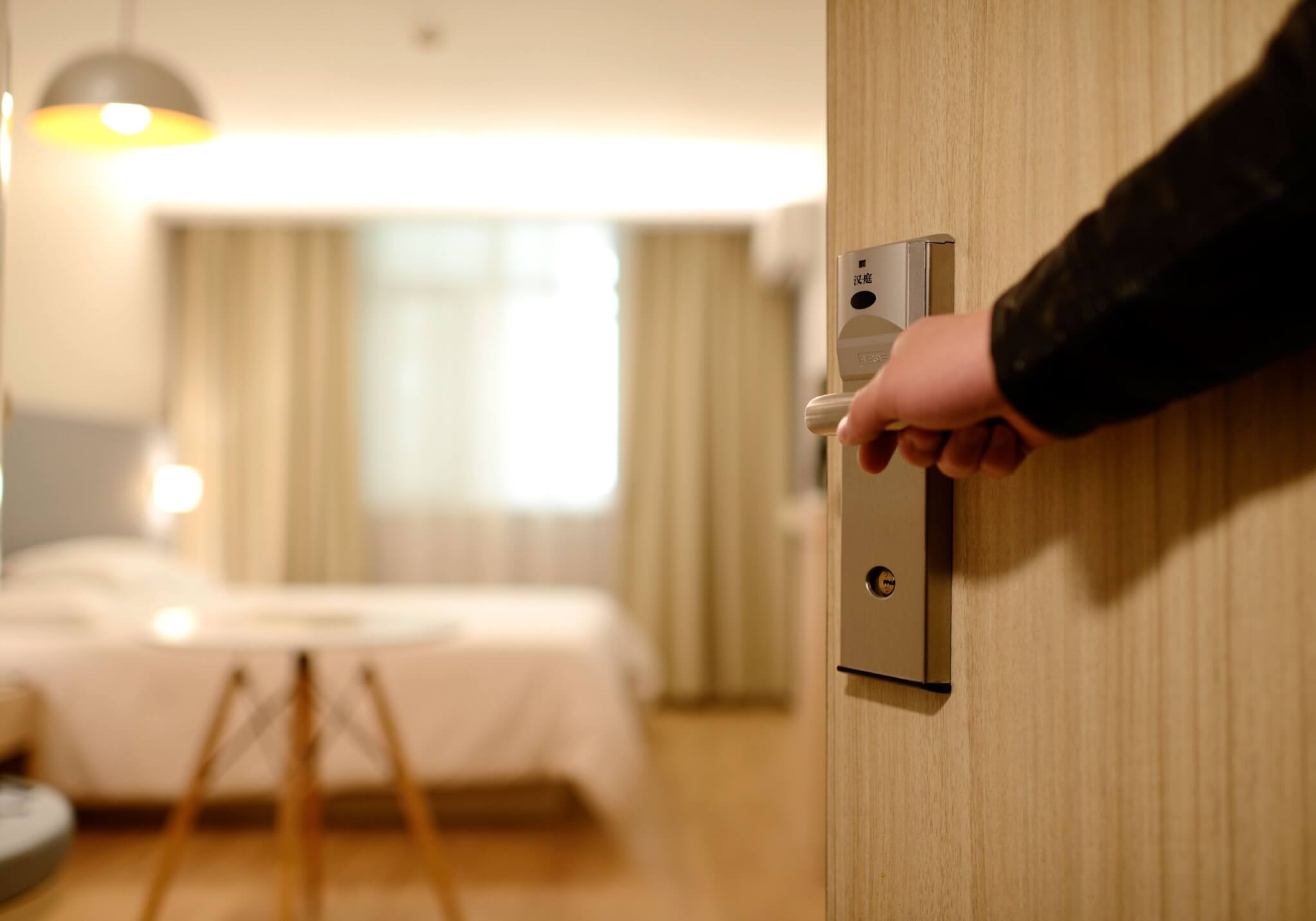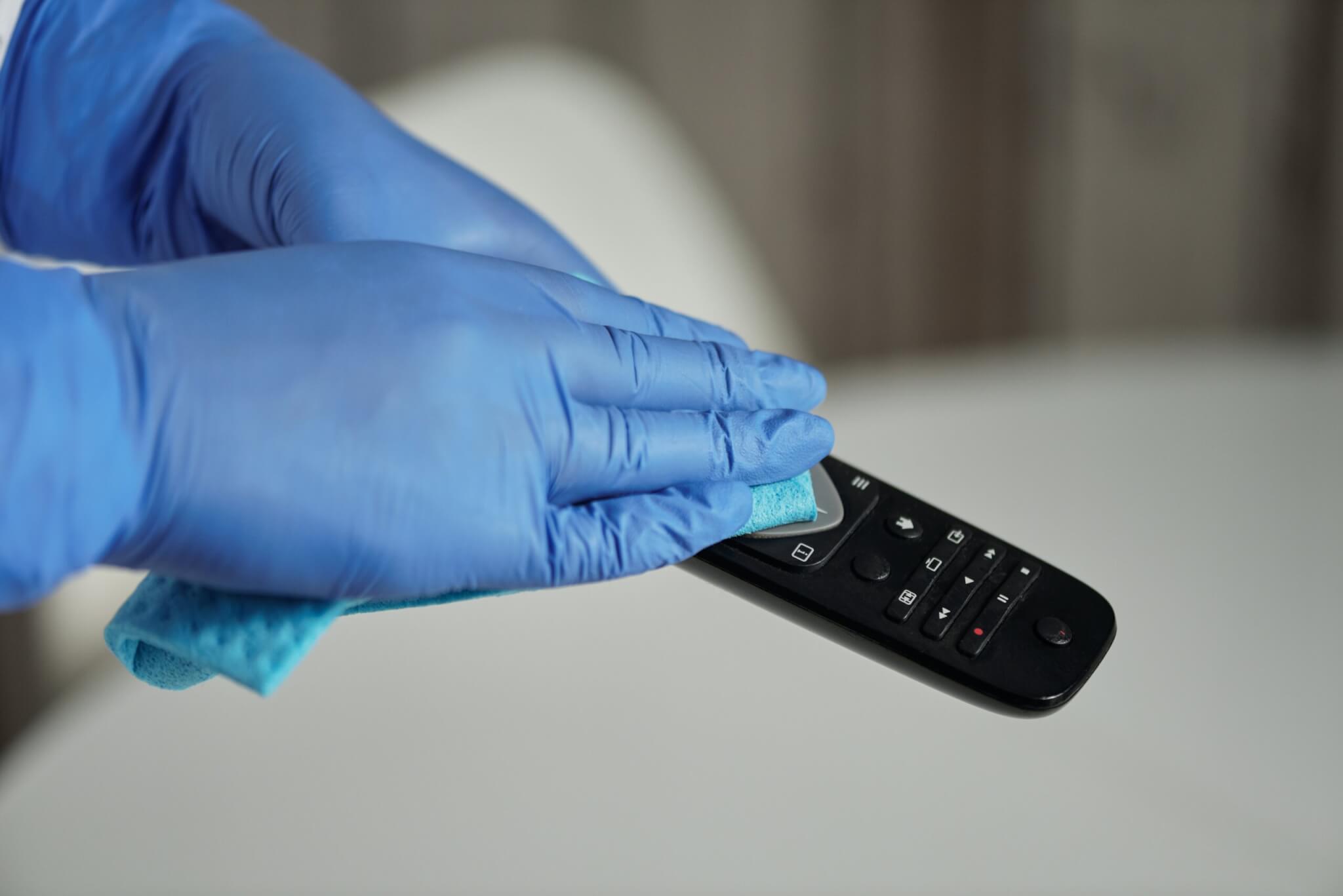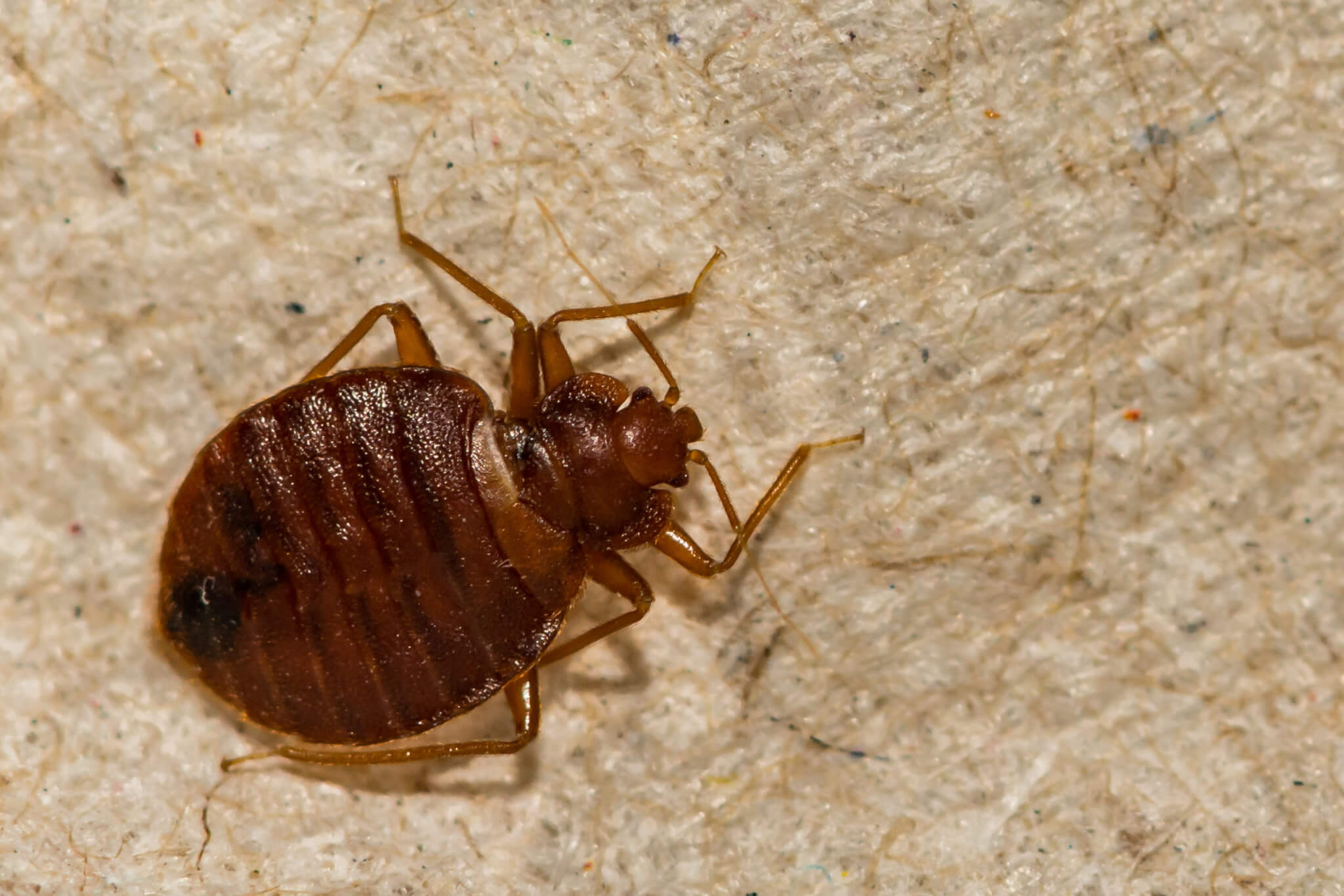For most of us, staying in a hotel room is either something of a necessity – think business travel – or something to look forward to as part of a vacation or wider excursion. But what if I told you there’s a large chance your hotel room, despite how it might appear to the naked eye, isn’t that clean. And even if it’s an expensive room, that doesn’t necessarily mean it’s any less dirty.
Indeed, whoever has stayed in your room prior to you will have deposited bacteria, fungi and viruses all over the furniture, carpets, curtains and surfaces. What remains of these germ deposits depends on how efficiently your room is cleaned by hotel staff. And let’s face it, what is considered clean by a hotel might be different to what you consider clean.
Typically, assessment of hotel room cleanliness is based on sight and smell observations –- not on the invisible microbiology of the space, which is where the infection risks reside. So let’s take a deep dive into the world of germs, bugs and viruses to find out what might be lurking where.
It starts at the elevator
Before you even enter your room, think of the hotel elevator buttons as germ hotspots. They are being pressed all the time by many different people, which can transfer microorganisms onto the button surface, as well back onto the presser’s fingers.
Communal door handles can be similar in terms of germ presence unless sanitised regularly. Wash your hands or use a hand sanitiser after using a handle before you next touch your face or eat or drink.
The most common infections people pick up from hotel rooms are tummy bugs – diarrhea and vomiting – along with respiratory viruses, such as colds and pneumonia, as well as COVID-19, of course.

Toilets and bathrooms tend to be cleaned more thoroughly than the rest of a hotel room and are often the least bacteriologically colonised environments.
Though if the drinking glass in the bathroom is not disposable, wash it before use (body wash or shampoo are effective dishwashers), as you can never be sure if they’ve been cleaned properly. Bathroom door handles may also be colonised by pathogens from unwashed hands or dirty washcloths.
Beware the remote
The bed, sheets and pillows can also be home to some unwanted visitors. A 2020 study found that after a pre-symptomatic COVID-19 patient occupied a hotel room there was significant viral contamination of many surfaces, with levels being particularly high within the sheets, pillow case and quilt cover.
While sheets and pillowcases may be more likely to be changed between occupants, bedspreads may not, meaning these fabrics may become invisible reservoirs for pathogens – as much as a toilet seat. Though in some cases sheets aren’t always changed between guests, so it may be better to just bring your own.
Less thought about is what lives on the hotel room desk, bedside table, telephone, kettle, coffee machine, light switch or TV remote – as these surfaces aren’t always sanitised between occupancies.

Viruses such as the norovirus can live in an infectious form for days on hard surfaces, as can COVID-19 – and the typical time interval between room changeovers is often less than 12 hours.
Soft fabric furnishings such as cushions, chairs, curtains and blinds are also difficult to clean and may not be sanitized other than to remove stains between guests, so washing your hands after touching them might be a good idea.
Uninvited guests
If all those germs and dirty surfaces aren’t enough to contend with, there are also bed bugs to think about. These bloodsucking insects are experts at secreting themselves into narrow, small spaces, remaining dormant without feeding for months.
Small spaces include the cracks and crevices of luggage, mattresses and bedding. Bed bugs are widespread throughout Europe, Africa, the U.S. and Asia – and are often found in hotels. And just because a room looks and smells clean, doesn’t mean there may not be bed bugs lurking.

Fortunately, bed bug bites are unlikely to give you a transmissible disease, but the bite areas can become inflamed and infected. For the detection of bed bugs, reddish skin bites and blood spots on sheets are signs of an active infestation (use an antiseptic cream on the bites).
Other signs can be found on your mattress, behind the headboard and inside drawers and the wardrobe: brown spots could be remains of faeces, bed bug skins are brownish-silvery looking and live bed bugs are brown colored and typically one to seven millimeters in length.
Inform the hotel if you think there are bed bugs in your room. And to avoid taking them with you when you checkout, carefully clean your luggage and clothes before opening them at home.
As higher-status hotels tend to have more frequent room usage, a more expensive room at a five-star hotel does not necessarily mean greater cleanliness, as room cleaning costs reduce profit margins. So wherever you’re staying, take with you a pack of antiseptic wipes and use them on the hard surfaces in your hotel room.
Also, wash or sanitize your hands often – especially before you eat or drink anything. And take slippers or thick socks with you so you can avoid walking barefoot on hotel carpets – known to be another dirt hotspot. And after all that, enjoy your stay.![]()
Article written by Primrose Freestone, Senior Lecturer in Clinical Microbiology, University of Leicester
This article is republished from The Conversation under a Creative Commons license. Read the original article.
